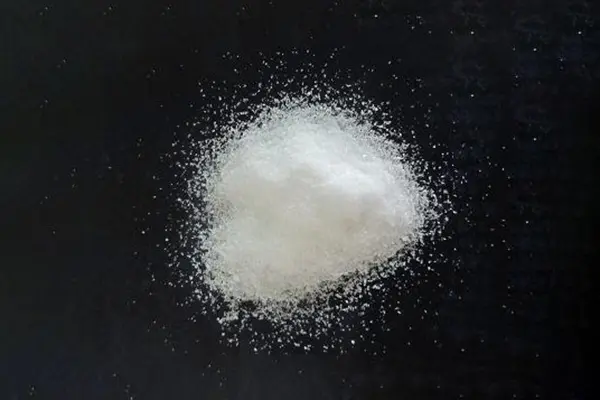Monoammonium Phosphate: Friend or Foe? Unraveling the Toxicity Myth
Monoammonium phosphate (MAP). This fertilizer giant promises lush gardens and bountiful harvests, but whispers of “toxicity” hang in the air like garden gnomes gone rogue. So, should you cower in fear or embrace MAP’s fertilizing magic? Fear not, curious gardeners, for we’ll delve into the science, separate fact from fiction, and answer the burning question: is monoammonium phosphate toxic to humans?
Unmasking the Molecule: Demystifying Monoammonium Phosphate
MAP, in its basic form, is a salt – not the kind you sprinkle on fries, but one formed from ammonia and phosphoric acid. These two components dance together, offering plants a much-needed tango of nitrogen and phosphorus, essential nutrients for their leafy (and fruity) endeavors.
Friend to Flora, Not Foe to Humans: The Good News
The good news is, in its standard garden application, MAP isn’t a significant threat to human health. Studies and regulatory bodies like the Environmental Protection Agency (EPA) classify MAP as a low-toxicity compound. Think of it as a grumpy gnome, more likely to sulk in the soil than terrorize your taste buds.
Safety First: Handling Tips for the Cautious Gardener
While not inherently dangerous, caution is always a gardener’s best friend. Here’s how to handle MAP with a touch of green prudence:
- Gloves On!: Protect your hands by wearing gloves when handling MAP, especially if you have pre-existing skin conditions. Think of them as tiny knights guarding your precious skin against potential irritation.
- Dust Don’t Dine: Avoid inhaling MAP dust. Wear a mask if applying in windy conditions or enclosed spaces. Imagine it as a sneeze barrier for your lungs, keeping those tiny particles at bay.
- Wash Up: After handling MAP, wash your hands thoroughly with soap and water. Think of it as a post-gardening ritual, cleansing away any lingering grumpy gnomes.
When the Grumpy Gnome Gets Grumpier: Potential Concerns
But, like any good story, there’s a twist. In certain situations, MAP can stir up some trouble:
- Overapplication: Like too much of anything, overdosing on MAP can burn plants and contaminate soil or water sources. Think of it as giving your plants a spicy surprise instead of a nourishing treat.
- Improper Storage: Storing MAP in damp or hot conditions can cause it to release ammonia, which can irritate eyes and lungs. Imagine the grumpy gnome throwing a tantrum and releasing a pungent cloud of grumpiness.
- Ingestion Hazard: While not lethal in small amounts, accidentally ingesting large quantities of MAP can cause stomach upset or other health problems. Keep it out of reach of children and pets, who might mistake it for a crunchy snack. Think of it as building a fence around the grumpy gnome, keeping curious critters at a safe distance.
Conclusion: Cultivating Knowledge, Harvesting Safety
So, is monoammonium phosphate toxic to humans? The answer, like a perfectly ripe tomato, depends. When used responsibly and with proper precautions, MAP is a safe and effective fertilizer for your garden. But remember, knowledge is the gardener’s greatest tool. Handle MAP with care, follow safe handling practices, and enjoy the fruits (and vegetables!) of your informed fertilization efforts. Happy gardening, and may your green thumb flourish with wisdom!
FAQ:
Q: What are some alternatives to monoammonium phosphate if I’m concerned about potential toxicity?
There are several plant-based and organic fertilizers available that offer similar nutrient profiles to MAP without the potential for chemical exposure. These options include compost, manure, bone meal, and blood meal. Remember, consult your local gardening experts or extension services for recommendations based on your specific soil and plant needs. After all, knowledge is the key to a healthy and happy garden, regardless of the fertilizer you choose!
So, grab your gloves, your watering can, and your newfound knowledge, and go forth and conquer the garden with confidence! Remember, a little understanding goes a long way in fostering a lush and thriving haven for your leafy (and potentially fruity) friends. Happy planting!
Post time: Jan-22-2024











